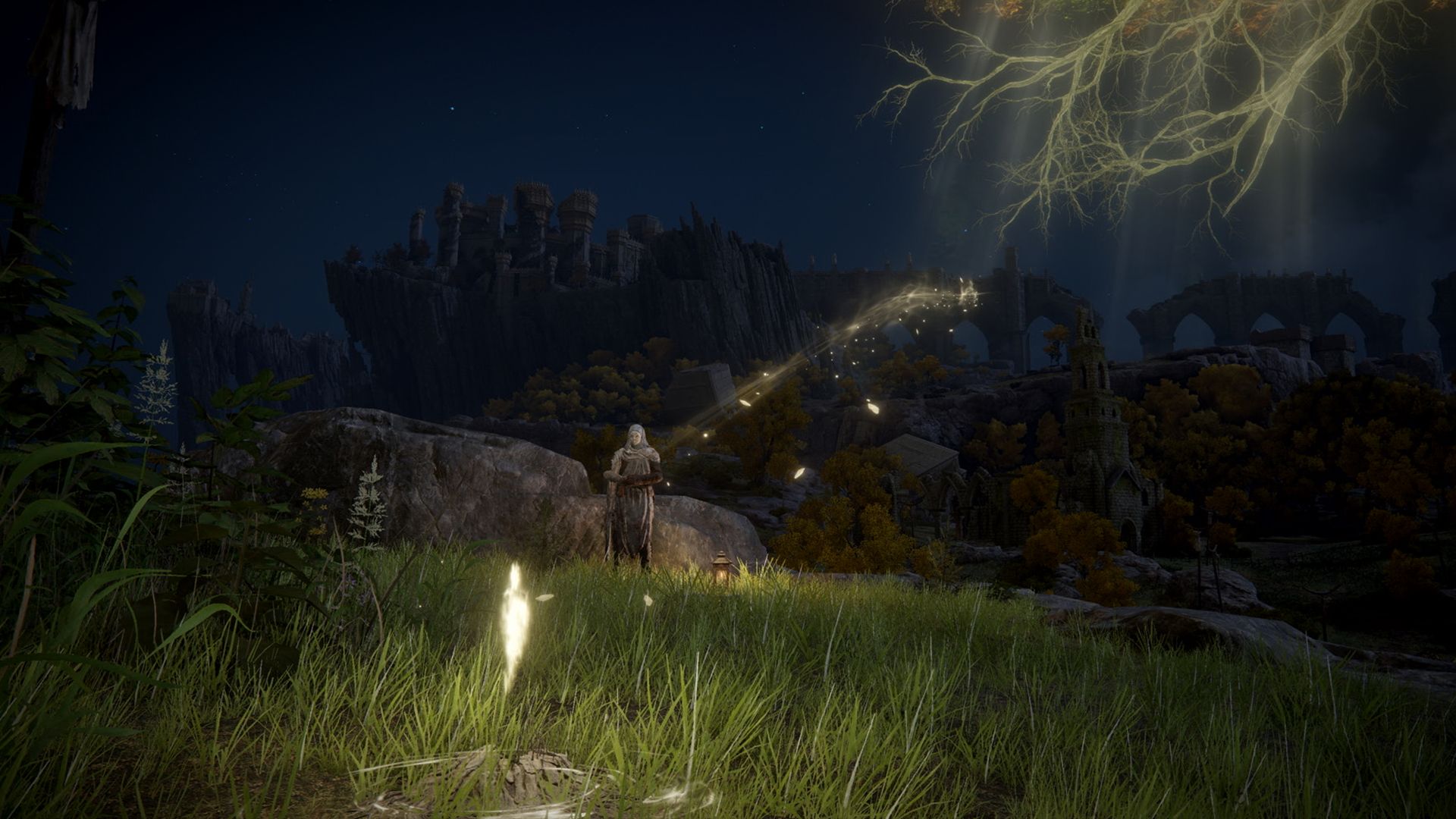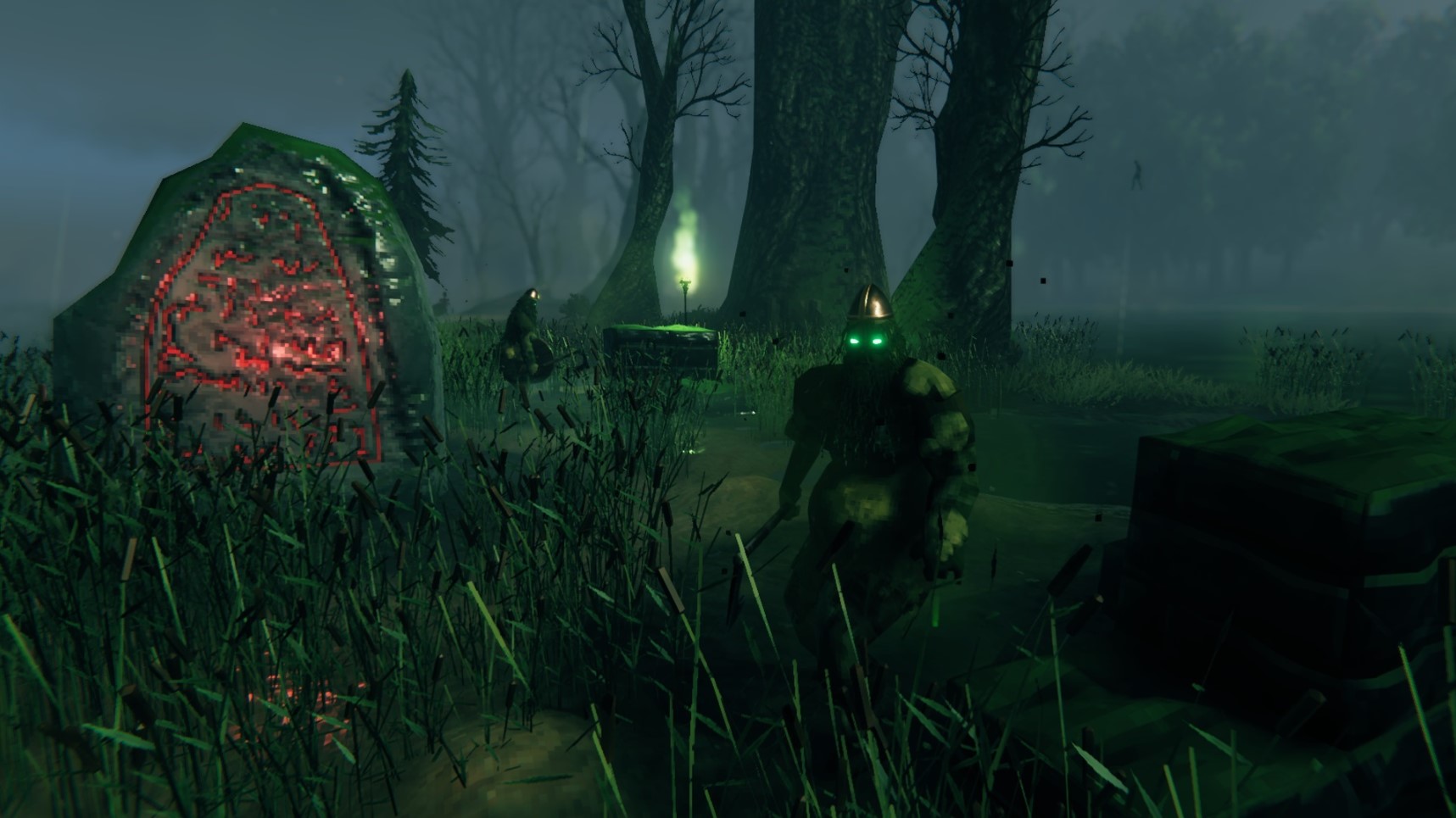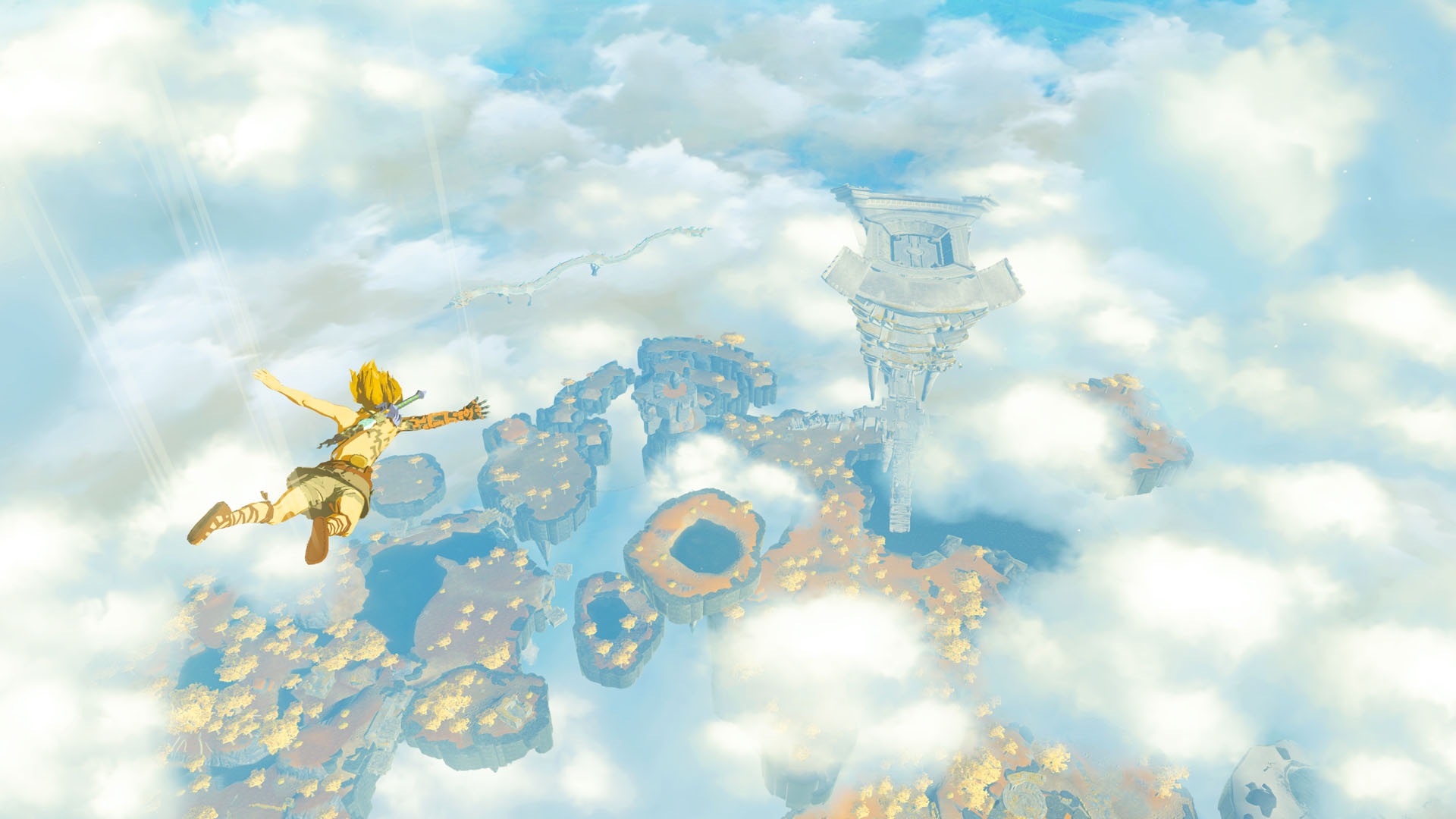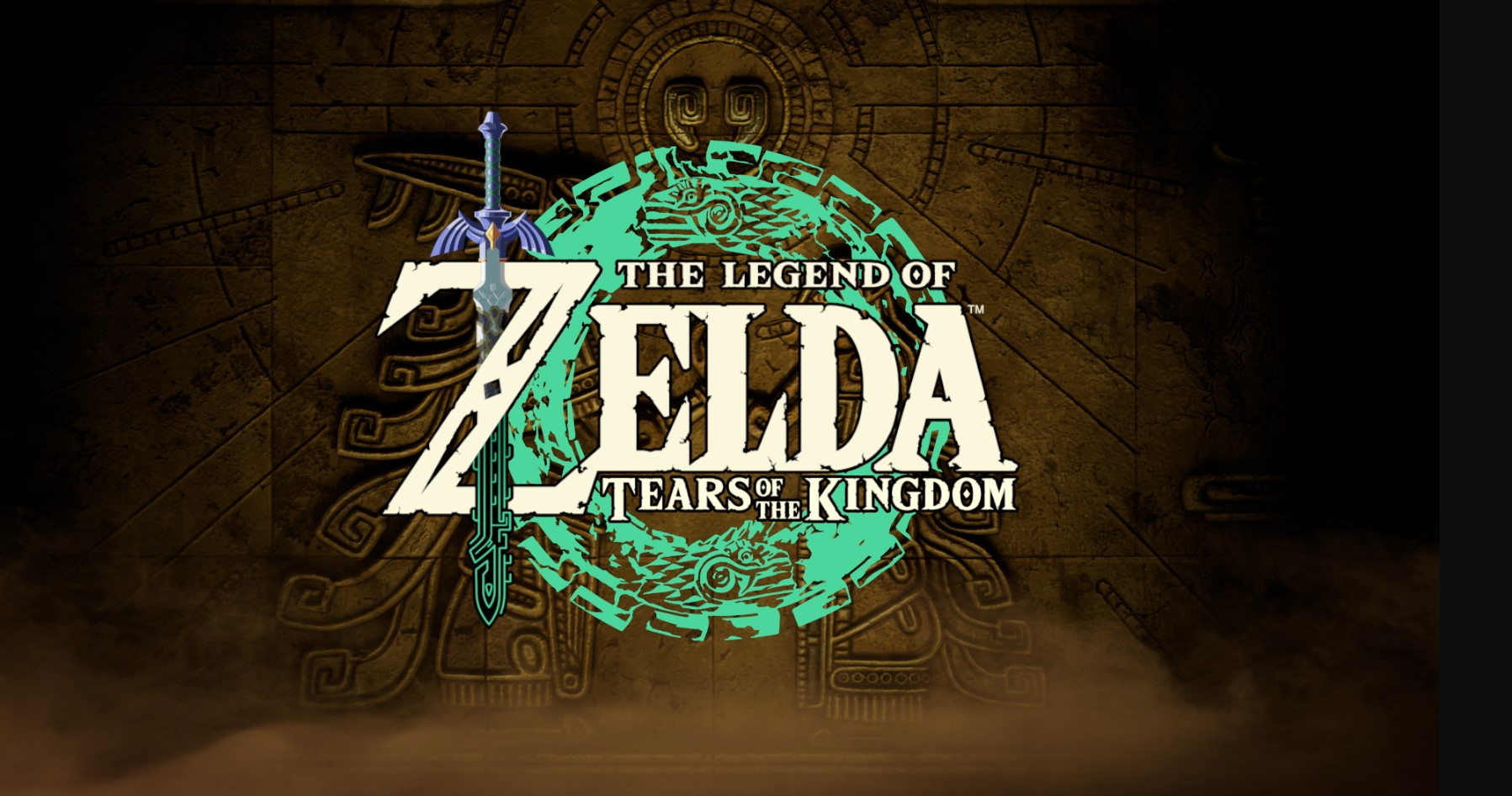Tears of the Kingdom is a masterpiece. I am not the first and will be far from the last person to say that. It illuminates the storied franchise as it soars to new heights, building off of everything the previous Breathe of the Wild, as well as all other entrants in the saga, has created thus far.
Every system, every collection of mechanics, is the best thing a video game can be; fun. The combat, the building, the movement, the puzzles, and, perhaps most exceptionally, the exploration.

Tears of the Kingdom excels in exploration in a way that almost no other game does. And that’s because Tears of the Kingdom paid very specific attention to its exploration as its own separate system. It does not simply offload the work of making exploration fun through its Movement, Combat, and Building Mechanics.
On their own merit, the Mechanics of Tears of the Kingdom are masterful.
This is not to say that there are hardly any games that incentivize, entice, reward, or thrill players with exploration. On the contrary, in the age of the Single Player Open World or the Multiplayer Battle Royale exploration is often necessary to succeed within a modern game.
You can’t win a match of Apex Legends without scouring buildings for weapons and armor, and you’ll have a very difficult time with Elden Ring if you simply attempt to follow the Rays of Guiding Light.

Exploration in these games is integral to the gameplay loop, rewarding, and exciting. Moving through these worlds is fun, battling against the various enemies that populate them is fun, and finding what it has hidden beneath its surface whether that be in the form of a boss or a new shiny piece of loot is fun.
But I wonder, when you think about it; is exploring in any of these games fun?
Are the mechanics; the rules, methods, constraints, or mechanisms attached the player engaging with an environment for the express purpose of uncovering new space in most new games fun?
One of the only mechanics attached expressly to exploration in many different games is illumination via torchlight. You come to a dark space, you take out a torch, light it, now you can see what you’re doing. Classic video games.

But is that fun? Is this ubiquitous mechanic in seemingly every exploration-based game actually providing any value or entertainment to the experience? No. In fact, it’s actively detracting from it.
One of your characters hands is now occupied. If you wanna use that new legendary bow, or if you’re dependent on a two-handed weapon because its the only one you’ve actually bothered to upgrade, you’re S.O.L. until you leave this cave.
Think about any other common mechanics for exploration in games. In that water level, does swimming provide something new for the player to be excited about, or does it just take away your ability to move fast and use weapons?
In that gaseous swamp level, do the ever-present stink lines give the player a new method of engaging with the world, or simply limit the play area, lest they be afflicted with Poison, Rot, Corruption, or whatever other status effect has been assigned to, “this isn’t an invisible wall, but it might as well be”?

Now, in fairness, illumination, swimming, and environmental effects are all absolutely present in Tears of the Kingdom. So what’s the difference?
In a word, they are additive. Not subtractive.
At no point does exploring in Tears of the Kingdom detract from the experience of playing it. It’s the simple, differing philosophy of designing a world with also, as opposed to but, in mind.
When illuminating The Depths in Hyrule, the space is nearly pitch black and the primary method told to you over and over is to either throw or fire Brightbloom seeds in order to illuminate the area. You don’t need to sacrifice your weapon in place of holding a torch. You can still swing your sword, shoot your bow, and ready your shield but in addition you also need to find the time and space to fire off a Brightbloom seed, which can add a frightening level to combat with what are Hyrules’ most fearsome enemies.

When soaring above the gut-droppingly high heights of the Sky Isles, you aren’t simply left with a less vast play area than anywhere in the worlds below owing to the instant death falls on any side of your character. You are left with more space and a more complex puzzle on how you will move from island to island; necessitating the utilization of all your accrued knowledge on climbing, building, and using Abilities.
What’s truly miraculous about all of this as well is the synergy between each of the environments of Tears of the Kingdom and how they entice the player to continue exploring all of them.
The Depths can affect your character with Gloom, which can be cured by Sundelions found in the Sky Isles. The frigid winds of Hebra can be perilous without the warmth provided from the spices of Gerudo Desert. The strength of ground level enemies can be overwhelming unless you are equipped with Zonai Devices from the sky, or Weapons and Armor found in the Depths.

Every zone provides the opportunity to move through other zones as you long as you take the time to engage with, and explore, the zone you’re currently in.
As opposed to encountering a new space and realizing that this new zone is simply going to constrict the way in which you can engage with it, every zone in Tears of the Kingdom adds a new layer to the game without detracting from anything else you are doing.
Even if you stripped away the bulk of the mechanics related to movement, combat, building, and questing; the design, system, and mechanics of exploration are fun all on their own.
And its something I’m going to get back to right now. You should too.

